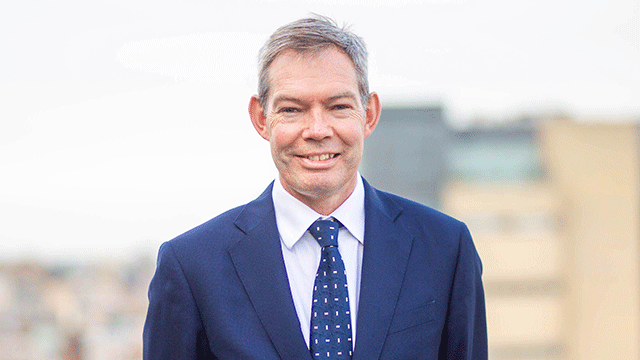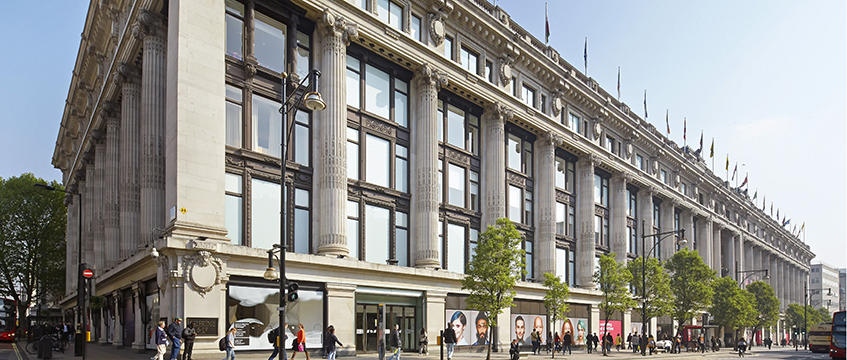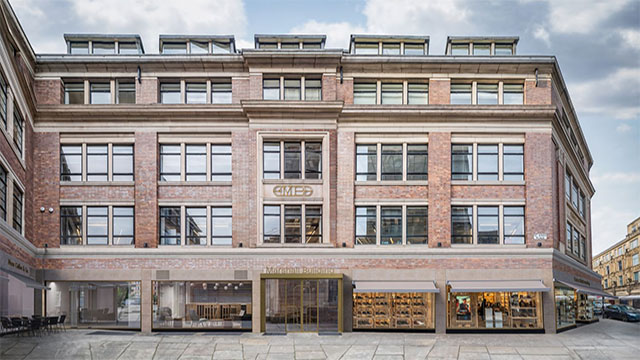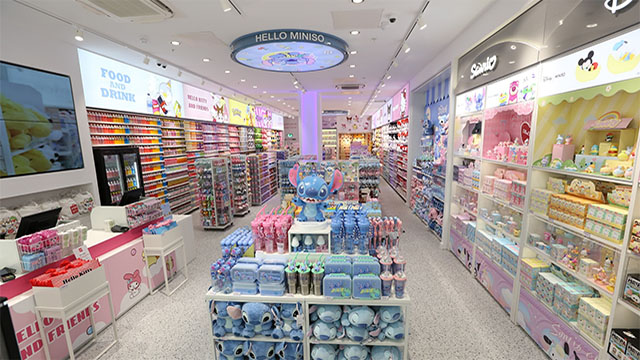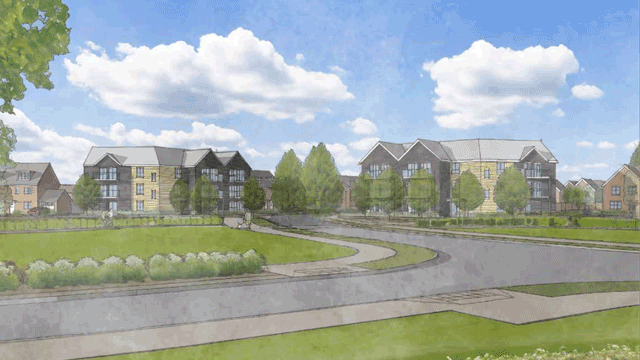Total demand for laboratory space across the OxCam Arc has shrunk over the first three months of 2025, according to DTRE.
The consultancy is tracking 639,000 sq ft of total demand in Cambridge of which 317,000 sq ft is classed as active. When compared to last year, the figure is below 708,000 sq ft of named lab demand by DTRE as at the end of Q1 2024, of which 483,500 sq ft was active.
There is a slight dip on a quarter-by-quarter basis, with 667,500 sq ft of total named demand recorded at the end of 2024, with 240,000 sq ft classified as active.
As of the end of Q1 2025, active demand in Cambridge has been driven by larger requirements, including Astex Therapeutics and Cellular Origins hunting 90,000 sq ft and 60,000 sq ft facilities, both advised by DTRE.
In Oxford, demand for labs stands at 652,000 sq ft, a jump from 469,200 sq ft recorded last year and 636,800 sq ft as at the end of the previous quarter. However, when it comes to active demand, DTRE is tracking 318,000 sq ft so far this year, down from 332,000 sq ft in Q1 2024 and 373,000 sq ft in Q4 2024.
Researchers at DTRE have linked decline in activity to the wider macroeconomic uncertainty that continues to weigh on the market. In addition, geopolitical developments, such as the return of Trump, have been named as one of the reasons hurting occupier confidence.
On the flip side, the researchers have signalled optimism as Trump’s shake-up allows the UK to solidify its position at the forefront of global science and innovation and as a safe haven for a potential transatlantic diaspora.
Investment inflows
Nevertheless, market sentiment remains cautious, with venture capital funding into Cambridge-headquartered life sciences companies subdued so far this year, with £117m raised as at the end of March. The figure is 6% ahead of the previous quarter and almost double £58m raised in Q1 2024.
Venture capital activity in Oxford has also seen an uptick of 13% quarter-on-quarter, with £165m raised. Over the same period last year, venture capital funding figure for Oxford-headquartered life sciences companies was £98.6m.
Florence Weston, surveyor at DTRE, told Estates Gazette: “While there’s no hard-and-fast rule between capital raised and demand for space, fundraising often signals a strong likelihood of future real estate needs. What we’re seeing in Oxford and Cambridge right now — rising venture capital fundraising alongside declining lab take-up — reflects a broader hesitancy among occupiers to make any major decisions amid ongoing economic uncertainty. Until the dust settles and companies start to have greater clarity on growth trajectories and market outlook, this decision inertia will likely persist in the short term. That said, the rising levels of funding underscore the quality of the UK’s science and innovation output.”
Off the ground
Cambridge has 231,300 sq ft of up-and-built lab space available. Earlier this week, the first phase of Abstract’s South Cambridge Science Centre has reached practical completion, bringing 138,500 sq ft of flexible and affordable lab space to the market, while the second phase of Mission Street’s The Press has delivered a further 64,400 sq ft to the market.
Later this year, ad additional 239,900 sq ft will hit the market through Longfellow’s CamLIFE, Brydell Partners’ First Step by Journey and Churchmanor and Aviva Investors’ Chesterford Research Park.
Available up-and-built lab space in Oxford stands at 239,700 sq ft. By the start of the summer, Stanhope is expected to bring two buildings to the market, measuring a combined 115,000 sq ft, at Oxford North, with further 214,000 sq ft expected to become available following Breakthrough Properties’ completion of Trinity House.
Image © Adobe Stock
Send feedback to Evelina Grecenko
Follow Estates Gazette




